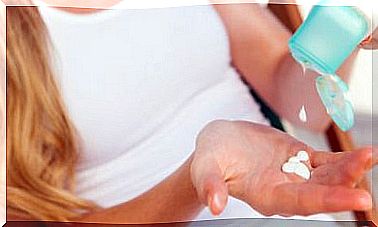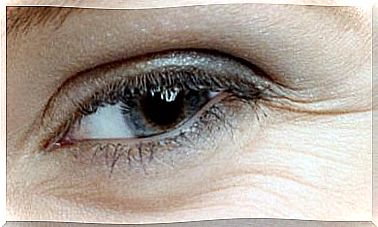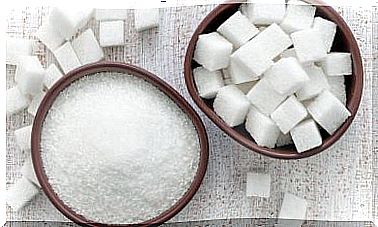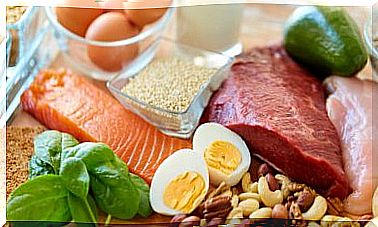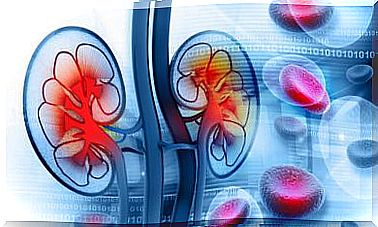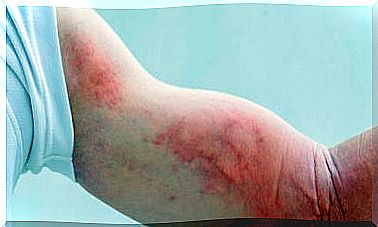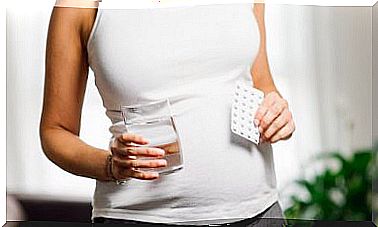6 Foods You Did Not Know Had High Levels Of Bad Cholesterol (LDL)
Currently, cardiovascular risk is attributed to the oxidation rate of LDL cholesterol. In addition, diet can influence this parameter.
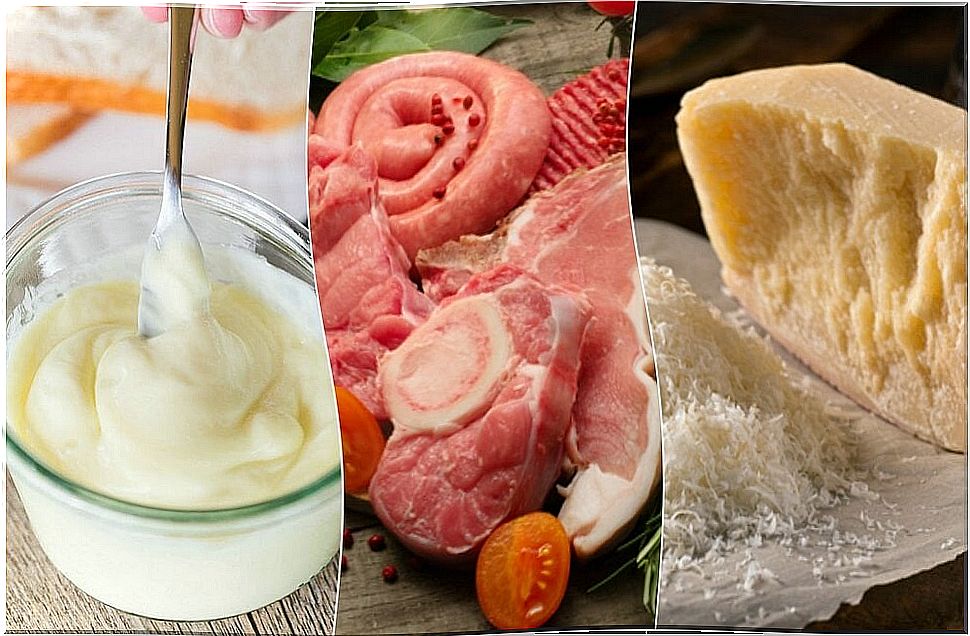
The accumulation of LDL cholesterol in the arteries, a disease known as hypercholesterolemia, is one of the diseases that most affect the current population. This lipid, which to a certain extent is necessary for the body, is secreted by the liver and is also obtained from some foods that contain it.
Once it is synthesized, it participates in the formation of bile acids, in cardiovascular work and in another series of processes that are essential for health. The problem is that in excessive amounts it causes various imbalances and, after forming plaque in the arteries, alarmingly increases the risk of suffering from coronary diseases.
For this reason, to avoid health complications, it is important to know how it manifests itself and which foods tend to increase its levels.
What is bad cholesterol (LDL)?
Low-density lipoproteins (LDL), better known as “bad cholesterol”, are a type of fat that tends to settle in the arteries, forming atheroma plaques. However, in recent years the negative potential of these lipoproteins has begun to be doubted. Instead, cardiovascular risk is linked to their oxidation, according to an article published in the journal “Current Medicinal Chemistry.”
A person has hypercholesterolemia when, when measuring their levels, LDL cholesterol exceeds 130 mg / dl. There is also an important risk factor when “good cholesterol” (HDL) levels are below 35 mg / dl in men and 40 mg / dl in women.
High cholesterol symptoms
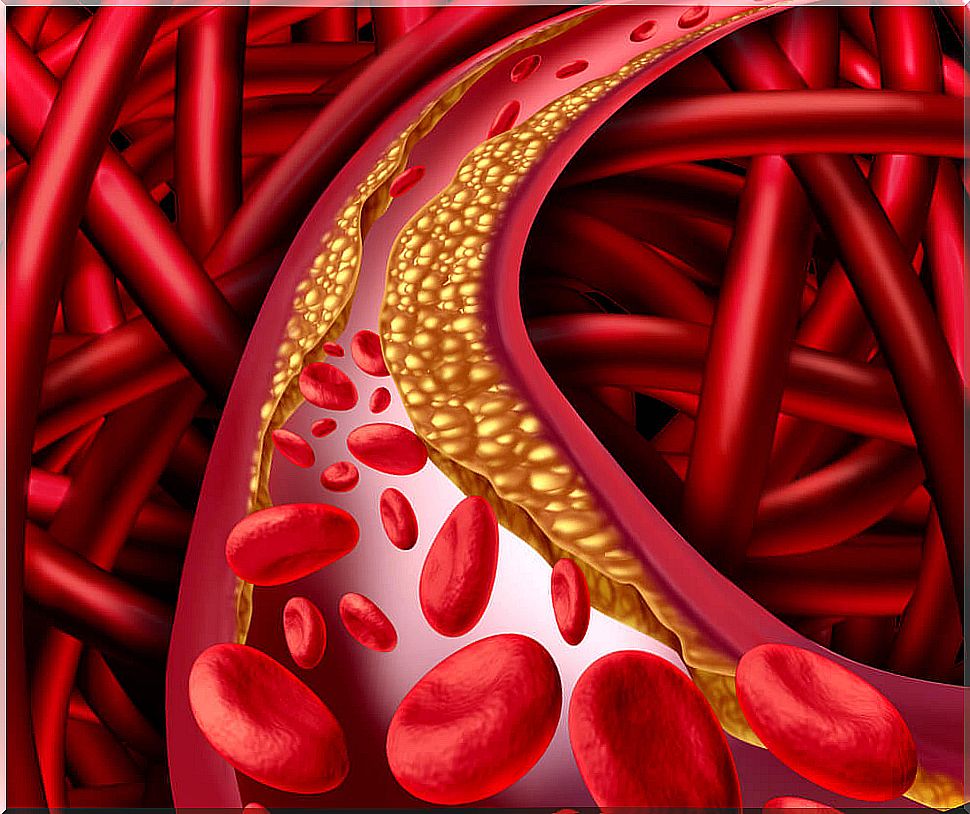
The clinical manifestations of high cholesterol can vary in each patient. Usually, when the condition is in its early stages, there are no strong symptoms.
As it develops, you can experience:
- Dizziness
- Constipation.
- Blurry vision.
- Chest pain.
- Headache.
- Feeling of fatigue
- Swelling of the extremities.
- Feeling of heaviness and indigestion
- Agitation when performing movements.
What are the foods with high levels of bad cholesterol (LDL)?
There are several factors that can influence the accumulation of bad cholesterol (LDL) in the arteries. However, most cases have some kind of relationship with the excessive consumption of foods that contain large amounts of trans fats.
The intake of high amounts of refined sugar, or a hypercaloric diet, can negatively influence the lipid profile, according to a study published in 2018.
This is why, both to prevent it and to control it, it is essential to exclude them from the regular diet, replacing them with healthy options.
1. Whole dairy
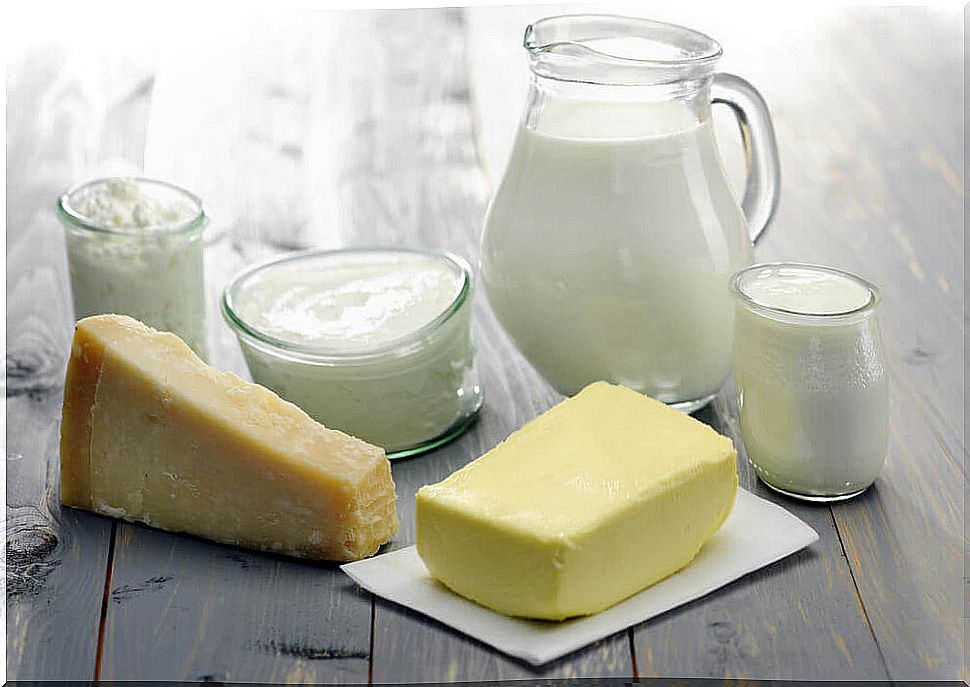
Because of its high content of saturated fat, it was thought that whole dairy products should be eliminated from the diet. The truth is that current studies do not link dietary cholesterol or saturated fat intake with a change in lipid profile. For this reason the recommendation has lagged behind.
Instead, experts say that this type of dairy is beneficial to the body thanks to its content in fat-soluble vitamins such as vitamin D.
Some examples of whole dairy are:
- Cream.
- Whole milk.
- Milk cream.
- Butter and margarine.
However, some derived products such as condensed milk should be avoided. Its high sugar content can vary the biomarkers that are associated with cardiovascular risk.
2. Cheeses
It is the same as with whole dairy products. These are products with a high fat content, the consumption of which has been discouraged in previous times.
Currently the recommendation has changed and there are no restrictions on their intake.
3. Processed red meats
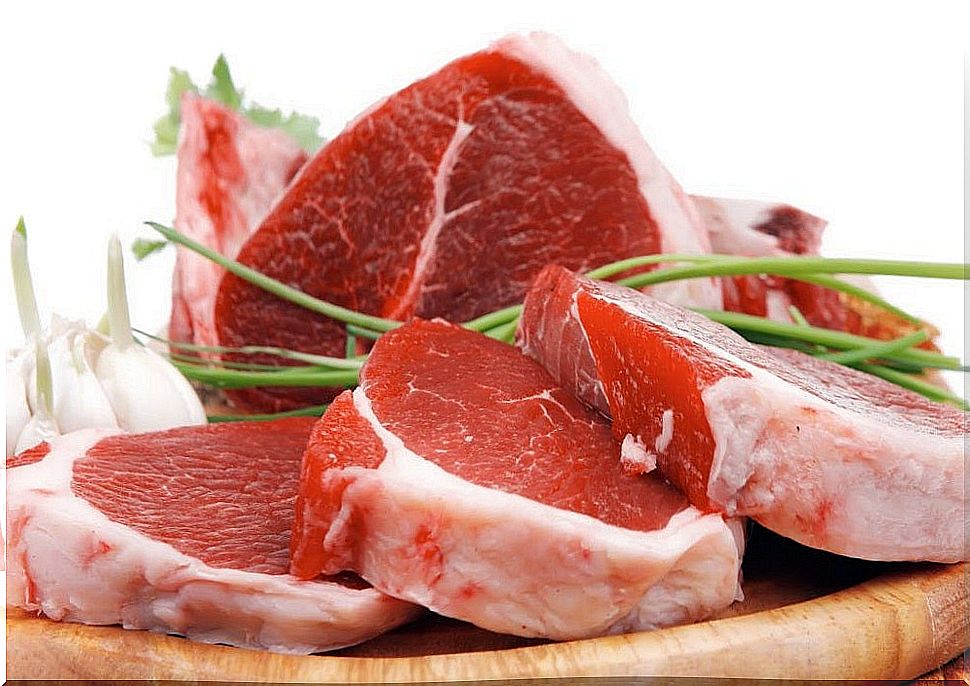
Although they are part of the regular diet of many people around the world, processed red meat contains trans fats and additives in its composition. These substances are capable of influencing the individual’s lipid profile, according to a study published in the “Journal of Lipids”.
It is not advisable to abuse its consumption and, additionally, it is recommended to choose fresh meats.
4. Offal and offal
These foods are a significant source of vitamins A, B, and D, and minerals like potassium and iron. Despite this, their consumption should be moderate and occasional, since they contain too much fat. This turns them into products of high caloric value, which can be associated with a diet that does not respect the energy balance and that, therefore, affects the lipid profile of the individual.
5. Mayonnaise
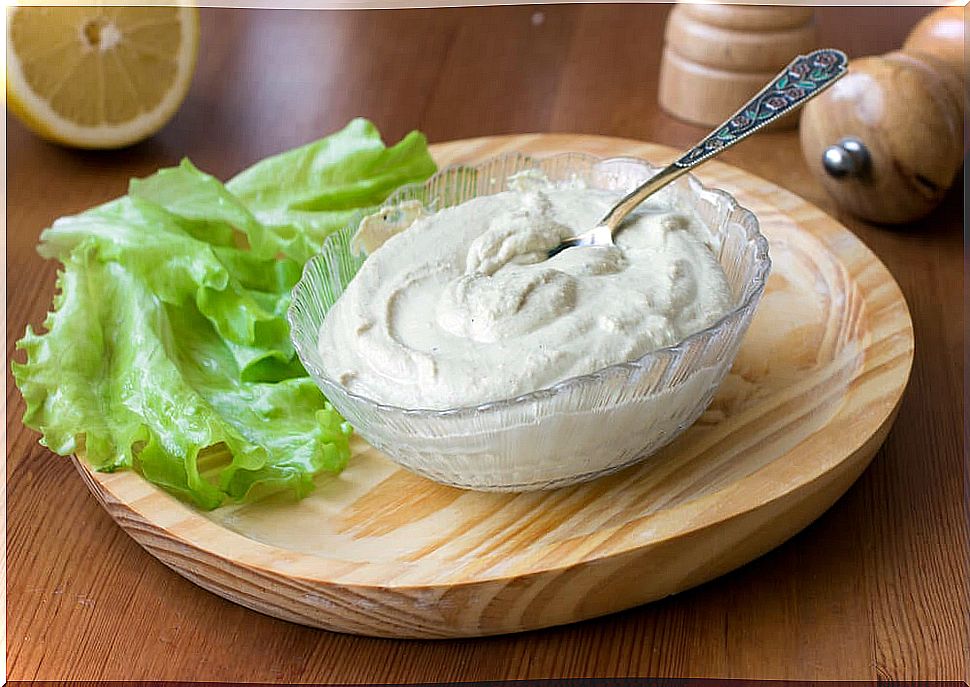
Mayonnaise, and many commercial dressings in general, are high in fat and calories. For this reason, the consumption of sauces should be reduced, especially of industrial origin. This class of products are likely to present sugars in their composition, as well as additives that adulterate their quality.
6. Industrial pastries
Industrial bakery or bakery products contain high concentrations of sugar, saturated fat, and hydrogenated fat. This, together, makes the effect of bad cholesterol (LDL) in the arteries more aggressive, facilitating the formation of hard plaque.
Take care of your diet to improve your LDL cholesterol
Do you usually include these foods in your regular diet? Even if you do not have high cholesterol levels yet, it is important that you start reducing its consumption as a preventive measure against this disorder.
Instead, it is convenient to increase the consumption of sources of omega 3, antioxidants and dietary fiber that, together, promote the breakdown of this substance.



